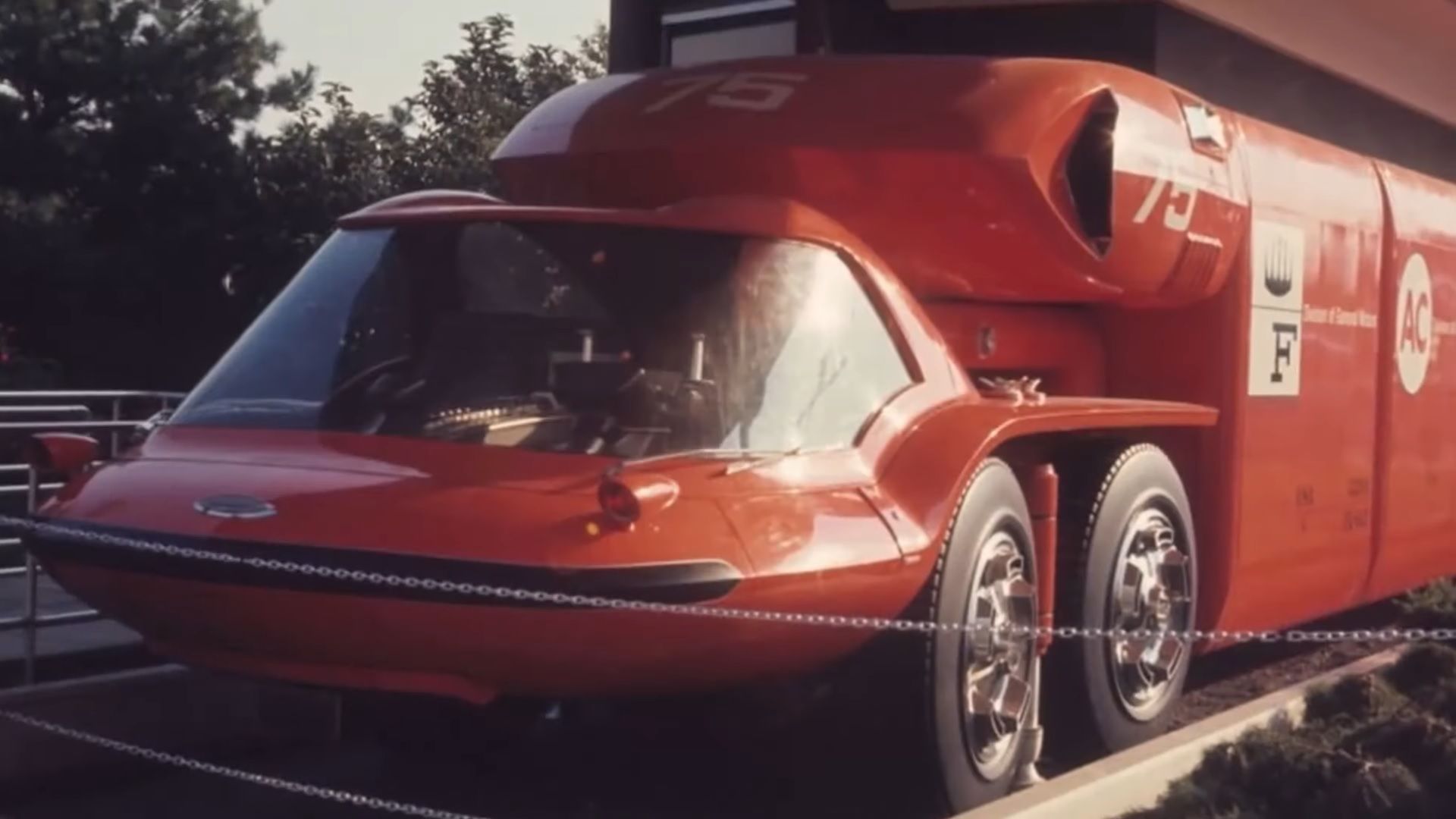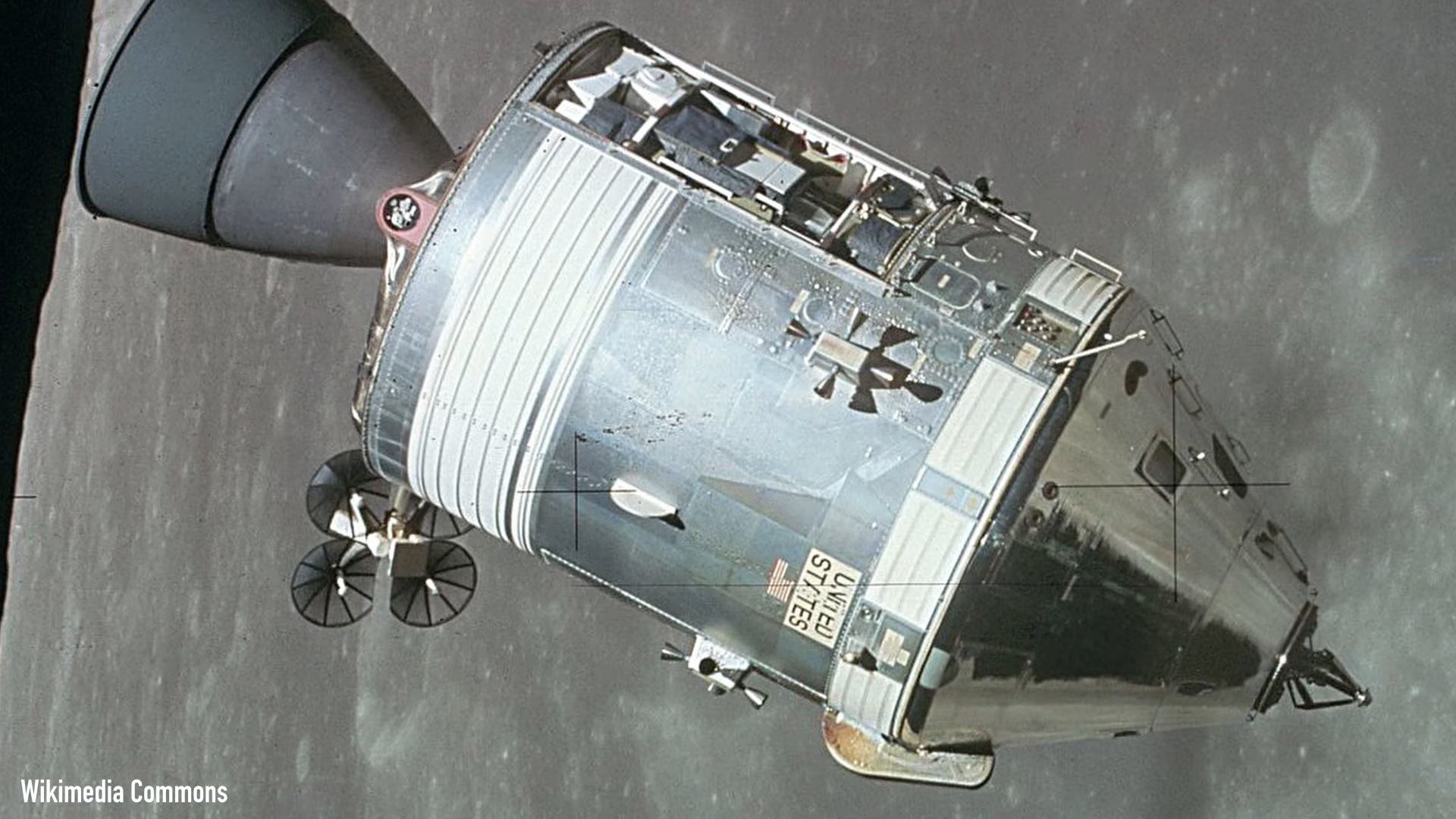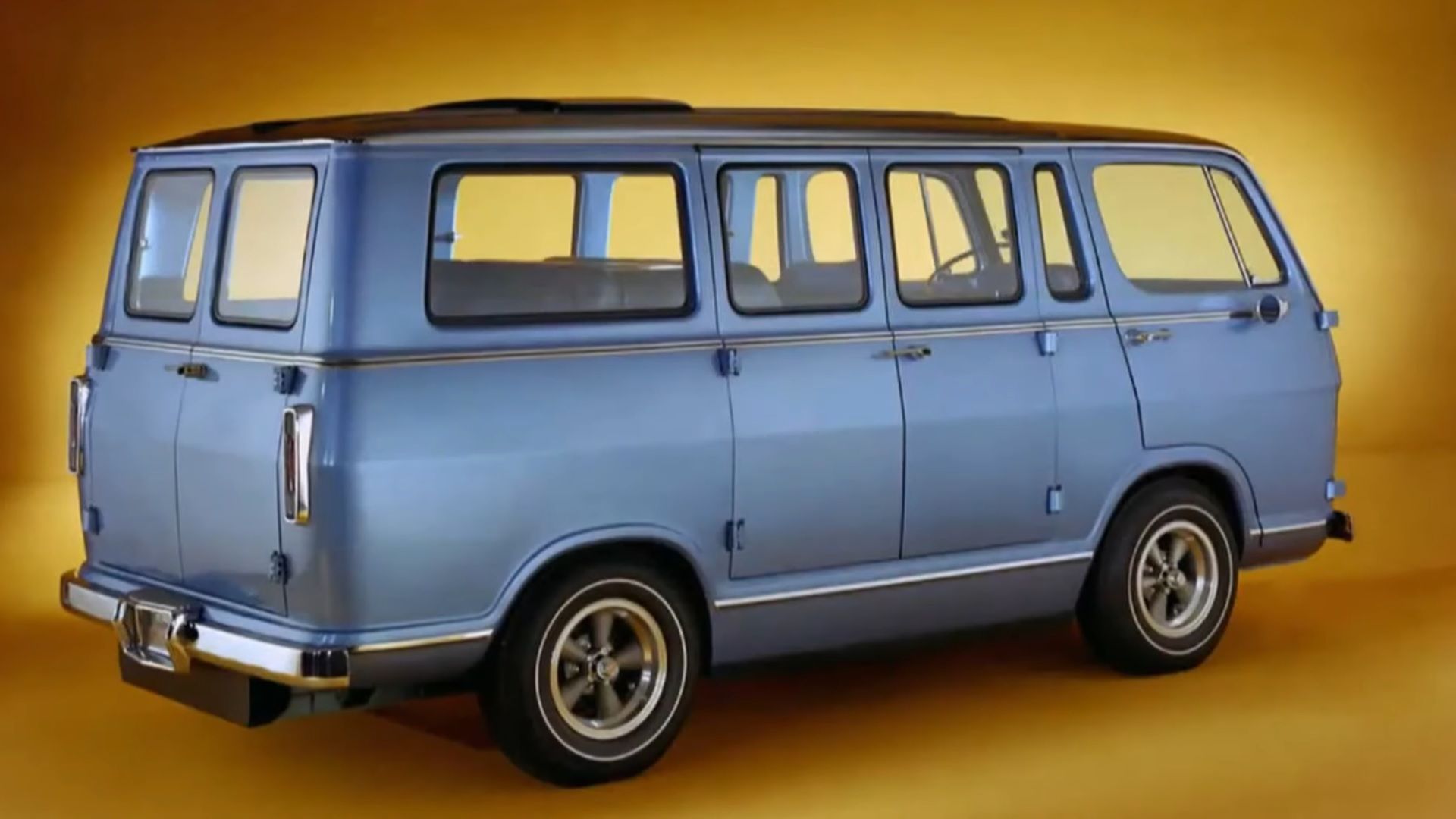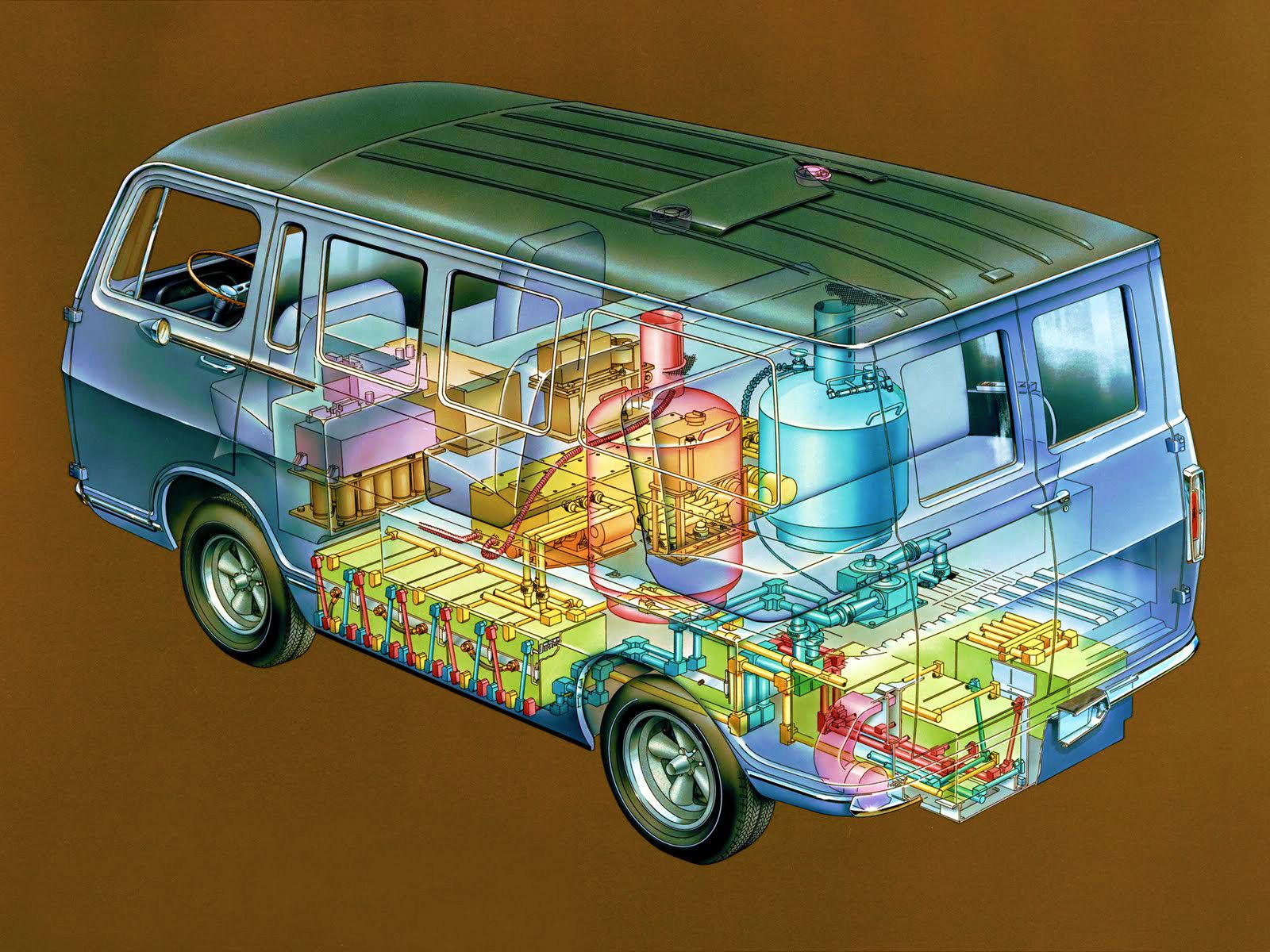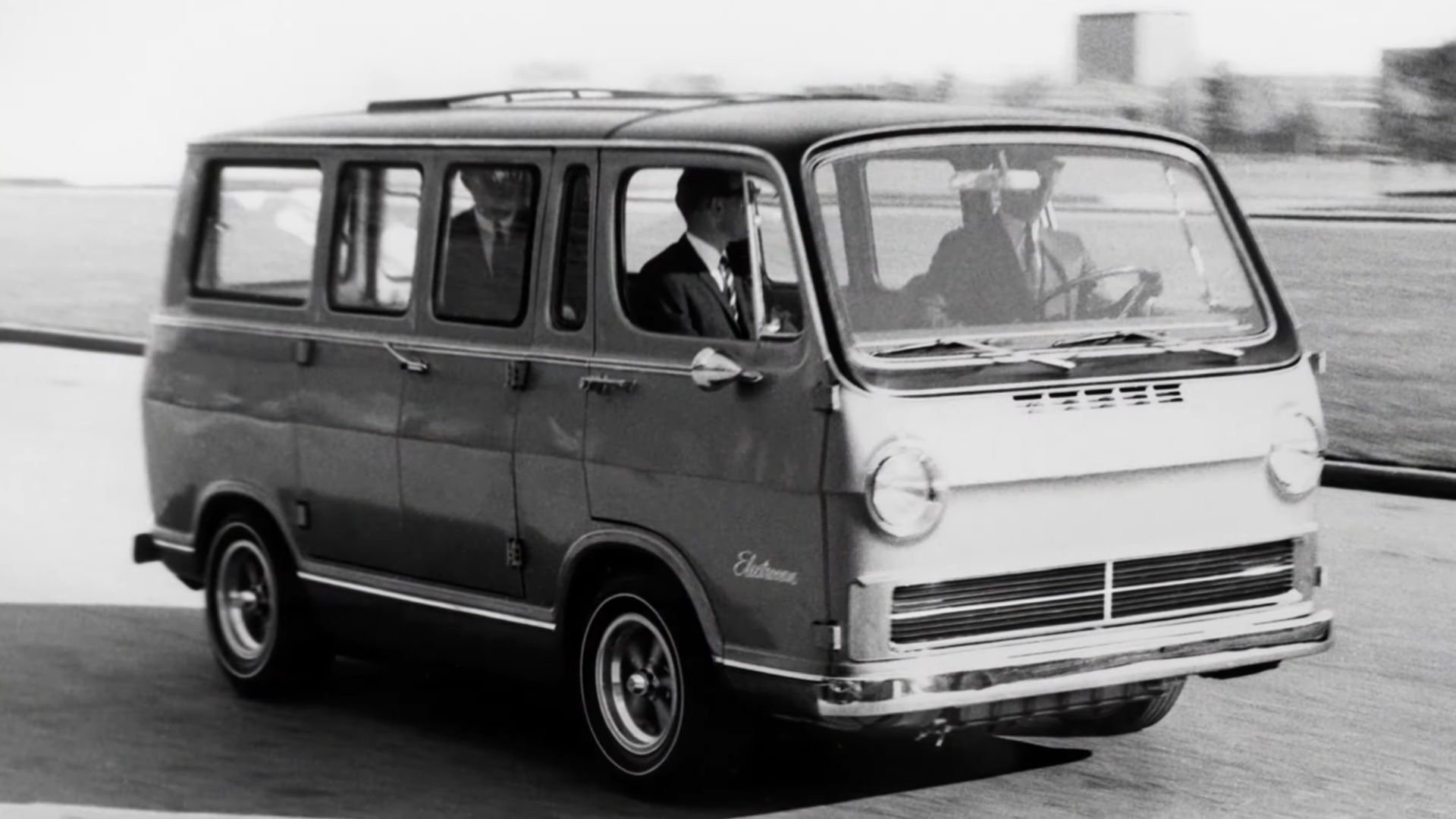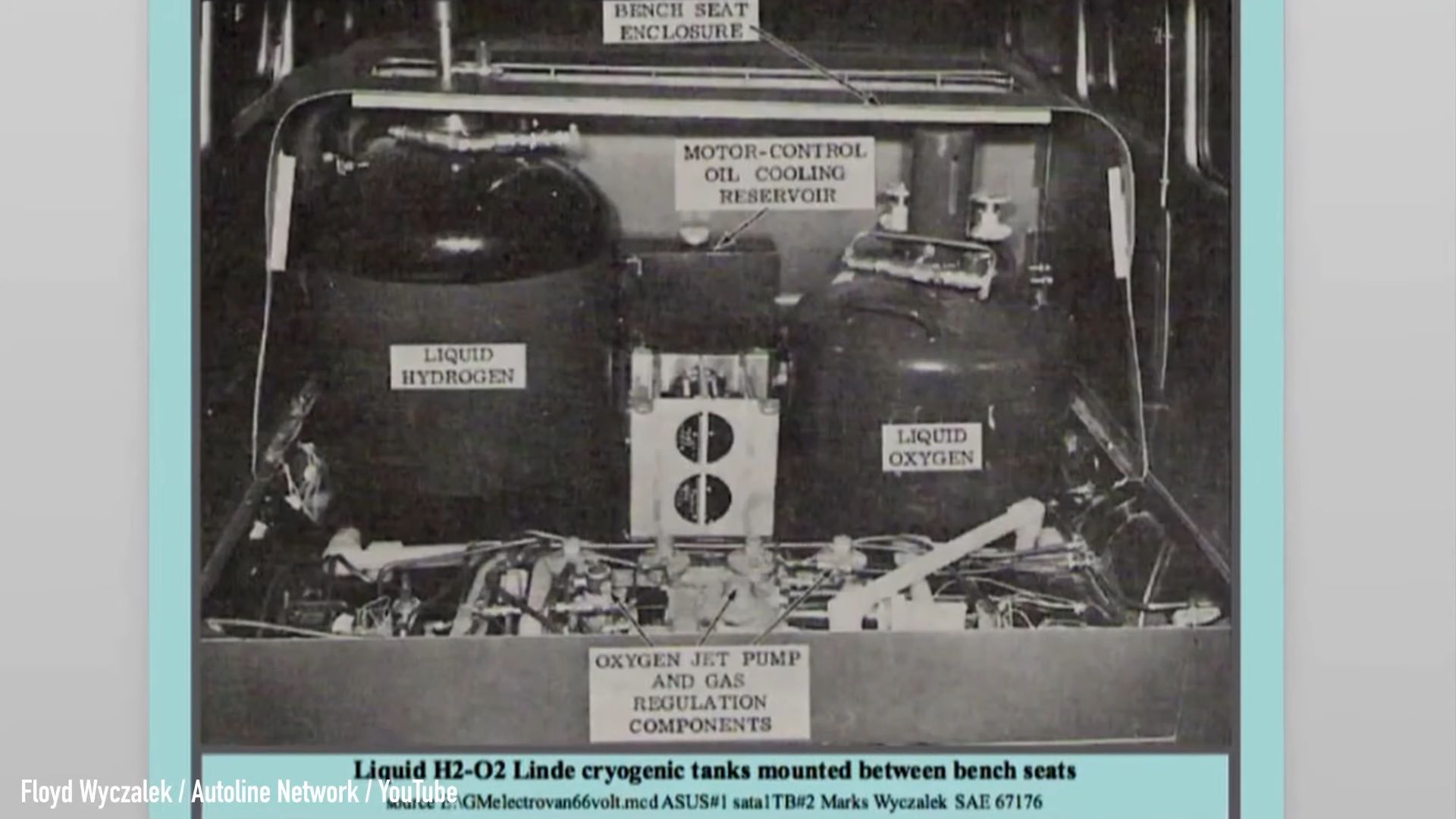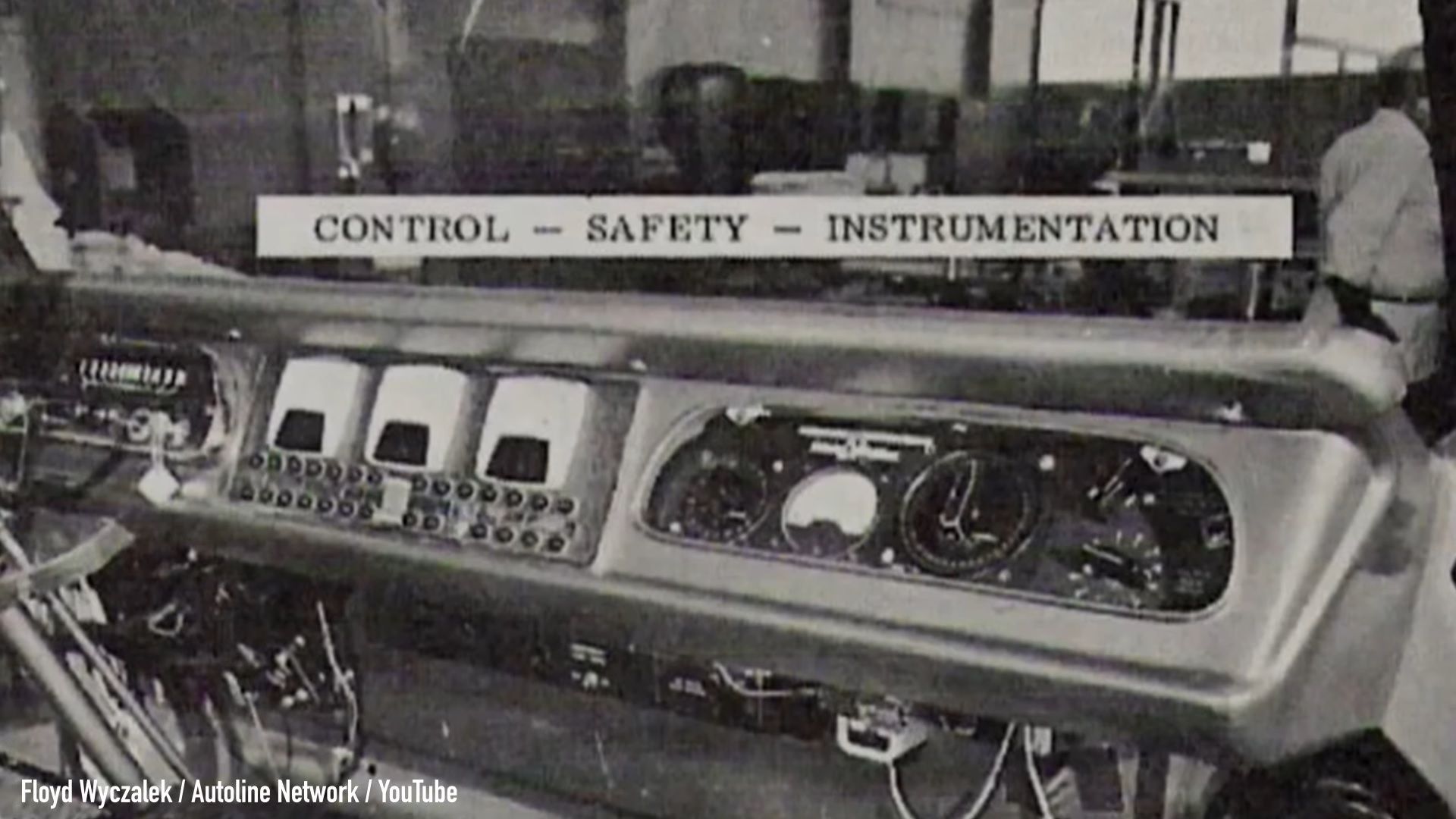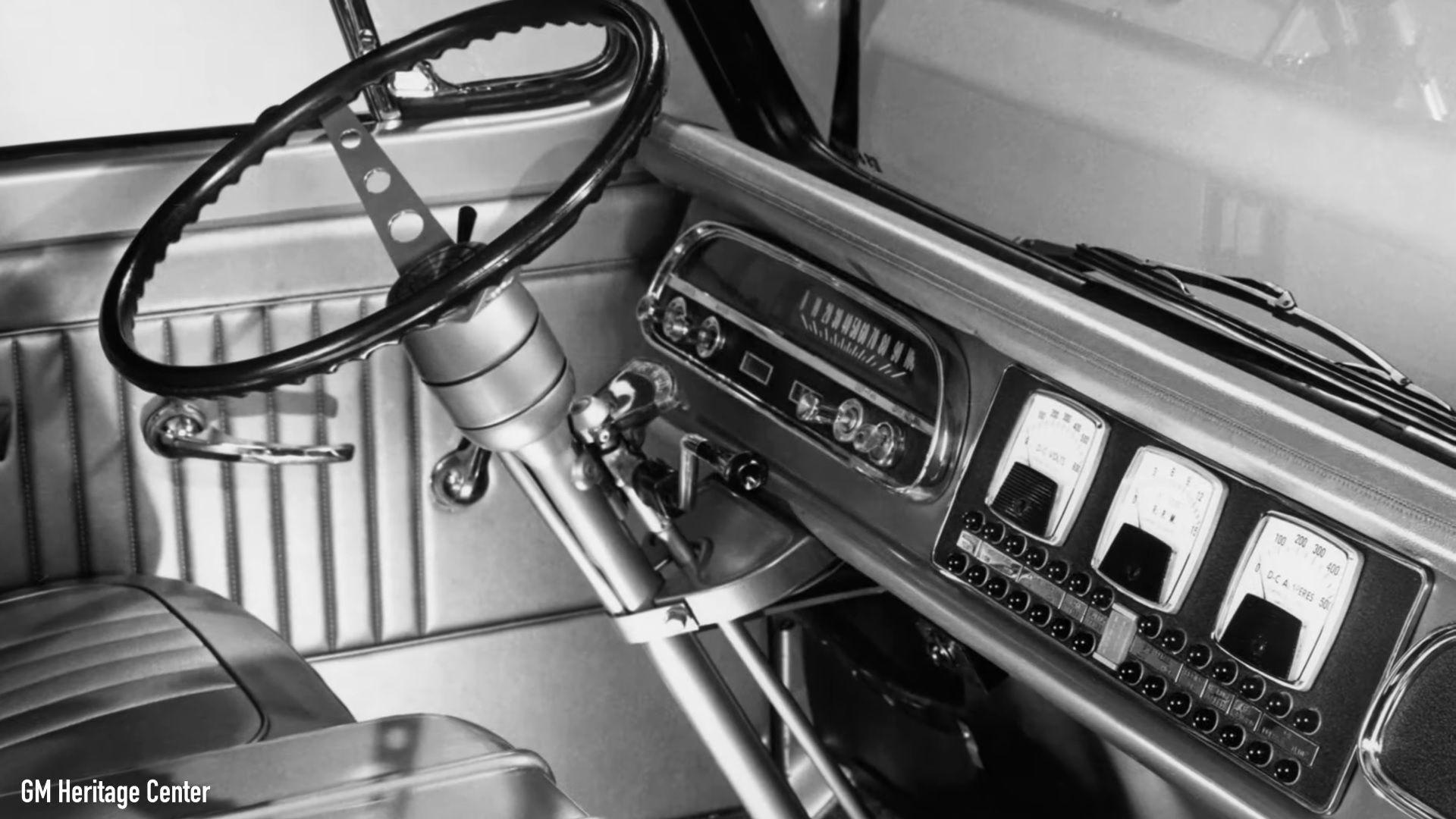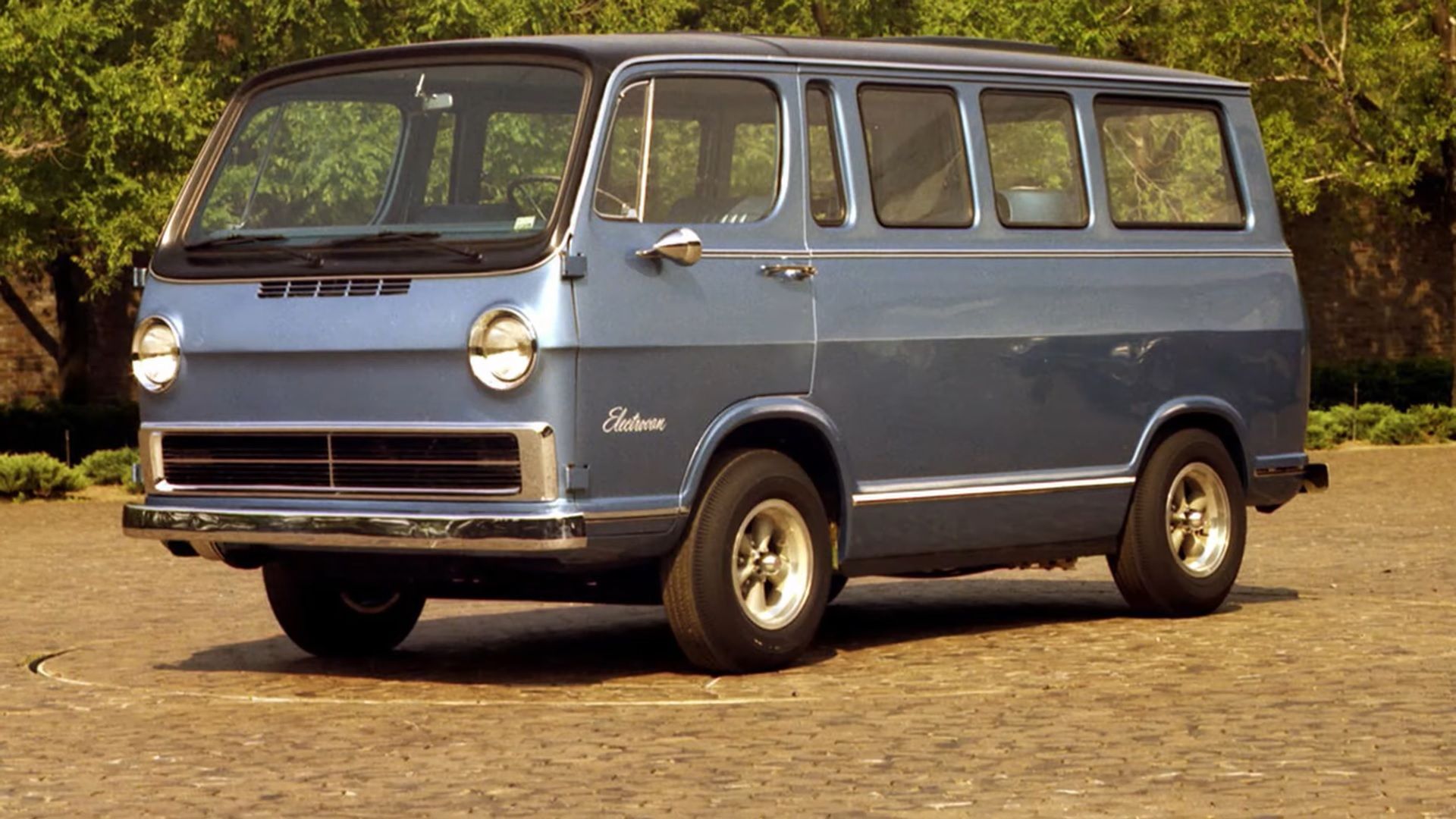With practically the same technology as in the Apollo spacecraft that put the first people on the Moon, this is the story of the all-American GM Electrovan, the world’s first working hydrogen fuel cell car. So keep reading to find out why General Motors invested millions of dollars into a vehicle that needed no less than three weeks to start-up the first time. A vehicle that simply disappeared soon after its debut, only to be rediscovered in tip-top shape years later, as if nothing had happened.
How the GM Electrovan Came To Be
In the 1960’s, the Detroit Big Three were experimenting quite successfully with turbine vehicles, both big and small. Chrysler had the famous Turbine Car, while Ford wowed the crowds with the huge Big Red truck and General Motors looked towards the future with the Turbo Titan III. GM was already knee-deep into the gas turbine movement for some years, but it didn’t seem to be enough. So at the beginning of 1966, the same year in which the Turbo Titan III debuted, senior management wanted something totally different.
Something that had never been done before. And it wanted it fast - in just 10 months, to be precise.
Inspiration came from the service module of the Apollo spacecraft that ultimately put the first man on the Moon in 1969. This essential part of the spacecraft had an on-board generator that used oxygen and hydrogen to make power for the computers and life support systems, as well as provide drinking water to the crew. In other words, it had a fuel cell system.
The chosen vehicle was the humble GMC Handi-van slash Handi-Bus, simply because it had enough room inside for everything that was needed in order to make it work. Floyd Wyczalek was the project manager of fuel cell development at GM, and during an interview from 2017, he really put things into perspective, for me at least.
He said they had a blank slate to work with. Sure, there was the electric motor setup from the previous Electro-vair concept, but other than that, the team was completely unaware of the huge scale of the project.
Every idea was considered, no matter how brilliant or stupid, and everything needed to be tested over and over again.
Building the Electrovan
A big part of the project was played by Union Carbide. The engineers there took the big fuel cell made by Pratt and Whitney for the Apollo missions and reduced it to the size of a lead-acid battery. In total, there were 32 cells connected in series that covered the whole floor of the Electrovan, but the project was far from over.
Miles and miles of electrical wiring were routed throughout the van, as well as 550 feet of pipes that fed the various machines with oxygen, hydrogen, and potassium hydroxide. And now for some stats, because some of them are pretty impressive for a world-first from almost 60 years ago. he 32 fuel cells had a continuous power output of about 32 kilowatts and a peak output of 160 kilowatts. Maximum range was around 150 miles, the acceleration from zero to sixty miles per hour took 30 seconds, and top speed was reportedly 70 miles per hour.
It was an incredibly complicated machine to operate - it needed an external auxiliary power unit to get started, and after that there were numerous procedures to check for leaks. It was so hard to get going that just one man ever drove it because he was the only one who knew what the 30 warning lights on the dashboard meant. And the first time the team tried to start it, it took a whopping THREE WEEKS, because of the extreme caution that was needed to ensure everything was going according to plan. the start-up time eventually improved, but even so, the best effort took three hours.
Catastrophe Was In The Air – Literally
And even though caution was the word of the day, every day, there was one incident that nearly put a stop to the whole project because of its severity. While testing an 8,000-psi rated pressurized tank inside the car, it ruptured and sent shrapnel and debris up to a quarter of a mile away. Thankfully, nobody was injured, but it was then, in September of 1966, just two months from the vehicle’s reveal date, that the team decided to switch to cryogenic tanks that held liquid oxygen and liquid hydrogen.
Disaster Averted, But Not For Long
And so, in October of 1966, ten months after starting the Electrovan project, Dan Frank drove the world’s first working hydrogen fuel cell vehicle in front of the press. The project timeline had been met, but after millions of dollars and hundreds of people involved, the Electrovan was slated to be crushed. A sad fate for such an advanced vehicle.
Thankfully though, through some mysterious ways, it ended up in cold storage somewhere in Pontiac, Michigan, where it stayed hidden from the public eye and General Motors management for years and years, only to be rediscovered near the beginning of the new century.
Now, the Electrovan is part of the GM Heritage Center, where it sits next to other cool-looking and forward-thinking vehicles from the past. It was a world first, but it was extremely cost-prohibitive, which is probably why the execs wanted it gone forever.
Over the years, General Motors continued to experiment with fuel-cell vehicles, the latest being the Chevrolet Colorado ZH2 Military Truck concept from 2016. Now, I want to know what you think of the GM Electrovan hydrogen fuel cell vehicle. Do you think General Motors was trying a bit too hard to impress people in the 1960s, or was it simply a matter of “do whatever is necessary to evolve“? Let me know in the comments below.


